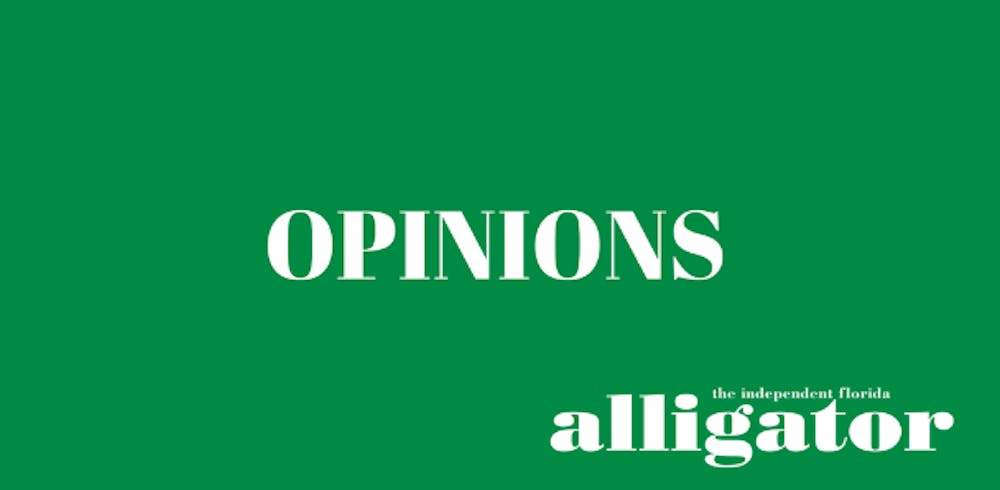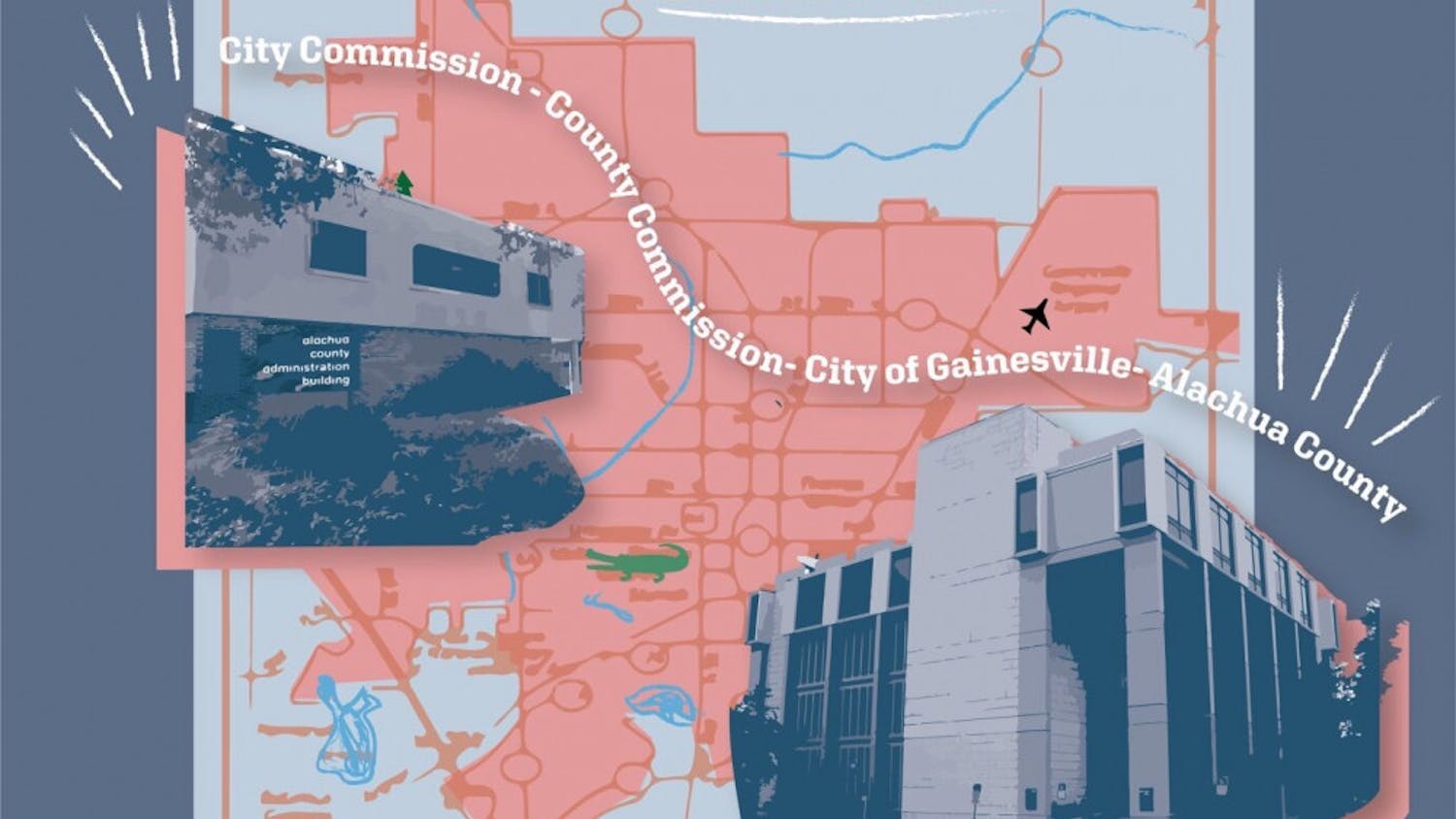Picture this: You did college right. You graduated, got a job, bought a car. You hold a steady job and pay your taxes. You are what society considers a full-fledged adult, but you have a deathly fear of your own inbox. Student loan collection emails have been rolling in steadily since you graduated, and you can’t bear the sight of each new one. In financing your education, you took out somewhere between $10,000 and $25,000 in loans. Twenty years after you started college, you still owe about $10,000.
Your situation, statistically, would be similar to most other student-loan debtors, according to education researcher Erin Dunlop Velez, who analyzed a trove of student debt repayment data released by the Department of Education last year. Through analysis of that data, we are growing more aware that urgent action is needed. Defaults of academic loan debt are on the rise, the cost of going to college is skyrocketing, and median household income has not risen to meet it. Soon, the collective debt may prove too heavy of a burden to bear, and the U.S. government may forgive all $1.5 trillion of it.
UF boasts about its low cost of education. Indeed, we are one of the least expensive, most valuable education institution in the country. Our school is listed at No. 20 on America’s Best Value Colleges for 2018, according to Forbes. But public universities like ours still seem to be part of the student loan debt problem. For all the low-cost vocabulary being thrown around by public colleges, administrative salaries and staffing budgets at public educational institutions have risen dramatically, adding to the cost of getting a degree.
Public educations are still good investments, at least for now. But students are being priced out of their first choice schools across the board — those seeking private educations are choosing public ones, and many who seek full degrees are settling for certificates. This is especially true for students from low- and mid-income families, who opt to enroll in associate degree and certificate programs because of the financial barrier that bachelor’s degrees pose. If you or your friends went to a local community college before transferring into UF to keep costs down, you embody that experience. This trend shows that students aren’t pursuing their full educational potential simply because of college affordability issues.
So what should be done about the looming crisis? One major problem that the debt crisis poses is a reduction in consumer demand. Recent graduates who took out loans are much more hesitant to buy cars, homes, plane tickets and candy bars in order to save money to pay down their debt, 90 percent of which is held by the government.
So how could the government benefit from having that debt go away?
It is estimated that if the government canceled all the debt it is owed and bought the debt held by private creditors, it would increase gross domestic product by between $86 billion and $108 billion every year for the next 10 years. That may be the smartest move, as students who took loans out in the 1990s are still struggling to pay back what they owe, not to mention students who recently graduated or those still in school.
It is a growing idea that all public colleges should be tuition-free. Sen. Bernie Sanders introduced legislation last year to turn that idea into a reality. For those of us lucky enough to receive Bright Futures scholarships, the state of Florida already covers the bulk of our tuition costs. But given the current presidential administration’s actions, like proposing a budget that would cut $5 billion in funding for higher education, tuition-free college seems like a long way away.
What we hope for instead is student loan forgiveness. While Florida gives us a great example of the economic benefits that come with publicly funded education, we need to take immediate action on the debt crisis before it grows to unsolvable proportions.






